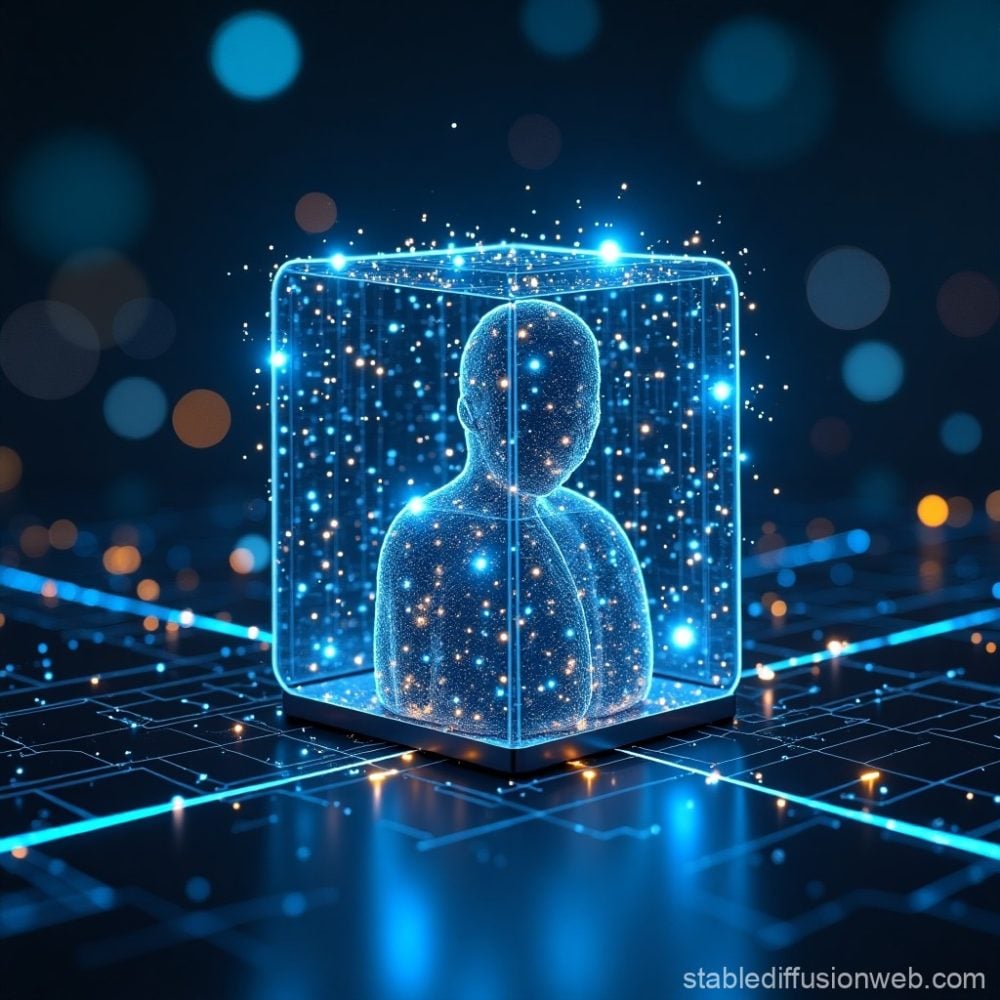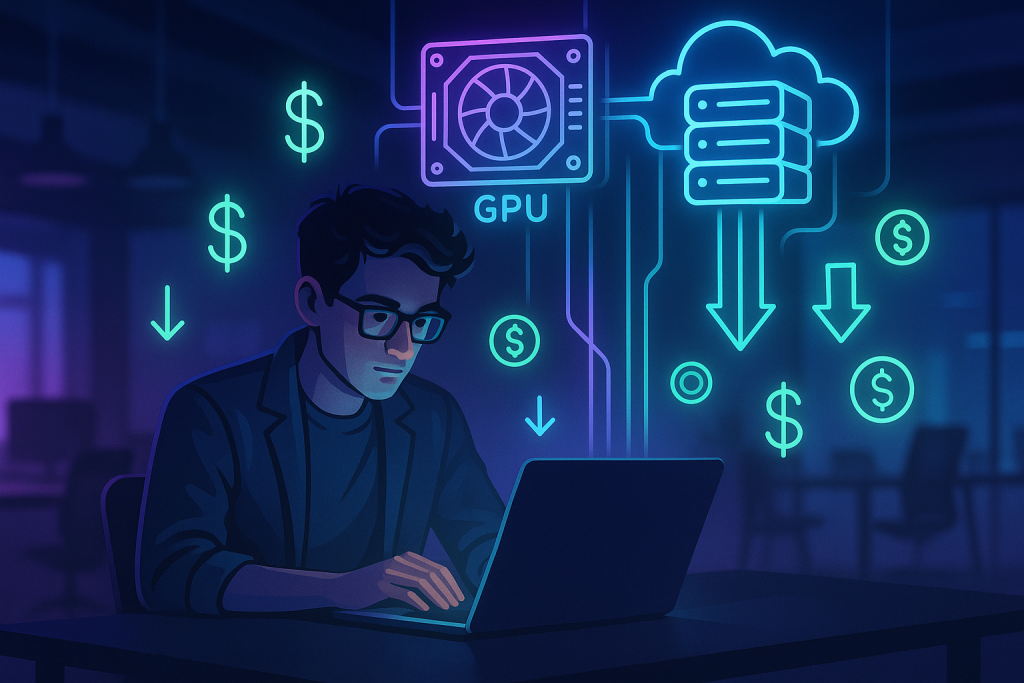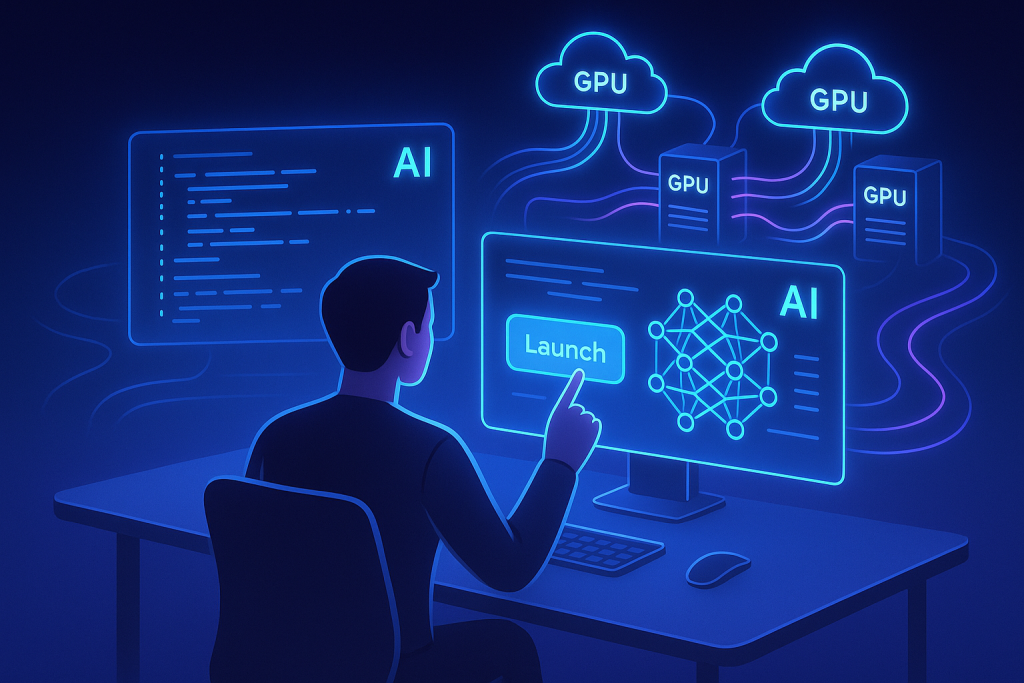Deep Learning Graphics Cards: Unlocking the Power of GPUs for AI
In today’s world, where artificial intelligence (AI) and deep learning shape much of our technological progress, there’s one component working tirelessly behind the scenes: GPUs (Graphics Processing Units). These powerful devices are the engine that drives AI advancements, enabling us to process enormous datasets and train complex machine learning models with ease. Whether you’re a researcher, developer, or entrepreneur, understanding why GPUs are essential for AI is key to unlocking their potential. If you’re looking to supercharge your projects, you can also rent GPU resources through Simplepod to meet your needs.
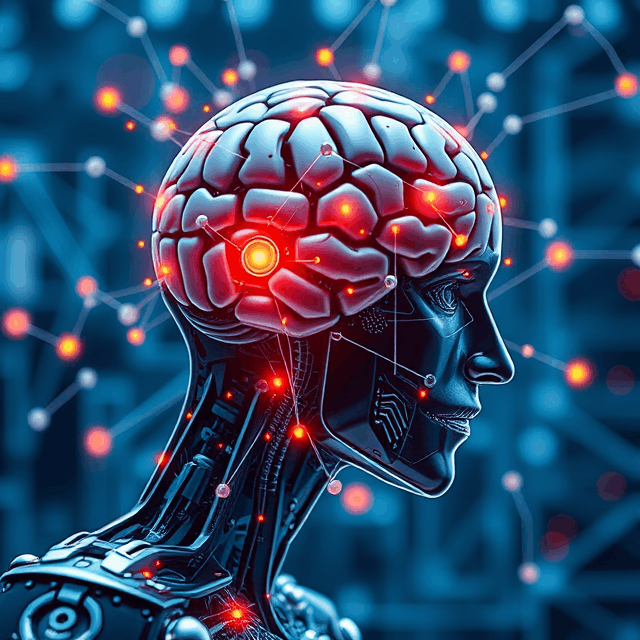
Why Are GPUs So Important for AI?
You might wonder, “What makes GPUs necessary for AI?” The answer lies in how they’re built to handle tasks that CPUs (Central Processing Units) struggle with:
1. Designed for Parallel Processing
Think of CPUs as excellent multitaskers, handling one or two heavy tasks at a time. In contrast, GPUs thrive on parallel processing, meaning they can perform thousands of calculations simultaneously. This is perfect for AI tasks like training deep learning models, where large-scale data computations are required. GPUs are specifically designed to handle repetitive mathematical operations, which are the foundation of neural network computations. If you’re diving into machine learning, leveraging a GPU to train AI is almost a must.
2. Efficiency in Neural Network Training
Training a neural network involves a lot of math—think matrix multiplications and linear algebra—and GPUs are built to handle these efficiently. The result? Faster training times and better outcomes. Using a GPU to train AI not only speeds up the process but also ensures that the models can handle more complexity. This efficiency is critical for industries like healthcare, where AI models help in diagnosing diseases or predicting treatment outcomes. Explore how GPUs improve AI in healthcare.
3. Support for AI Frameworks
AI developers often use frameworks like TensorFlow, PyTorch, and CUDA, which are optimized for GPUs. These tools simplify the process of building and deploying machine learning models. This ecosystem of frameworks has made it easier than ever to leverage GPU capabilities, which is why GPUs are used for AI across nearly every sector, from autonomous vehicles to natural language processing.
How GPUs Take AI to the Next Level
AI involves incredibly complex calculations, and without the right tools, progress can be painfully slow. Here’s why GPUs are the perfect match:
1. Blazing-Fast Speeds
GPUs can cut down the time it takes to train AI models from weeks to days, or even hours. This isn’t just about convenience; it means businesses can innovate faster and respond to changes more quickly. Using a GPU to train AI also ensures better scalability as data demands grow. For example, companies analyzing large datasets, such as social media trends or financial predictions, rely on GPUs to get results in real time.
2. Cost-Effective Performance
While high-end GPUs can seem pricey, they’re a wise investment due to their exceptional cost-to-performance ratio. For developers or companies that don’t want to purchase hardware outright, renting is a viable option. Platforms like Simplepod make it easy to rent GPU resources and access top-tier technology without the financial strain of large upfront costs.
3. Energy Efficiency
GPUs are also surprisingly energy-efficient for the heavy lifting they do. By completing tasks faster, they reduce overall energy consumption compared to CPUs. This energy efficiency is especially important for data centers running AI workloads, as it can lower operational costs while maintaining high performance. Learn how GPUs save energy.
Choosing the Best GPU for AI
If you’re ready to invest in a GPU, what should you look for? Here are the key factors to consider:
1. Performance Metrics
Performance is all about the number of CUDA cores, clock speed, and memory bandwidth. Top-tier GPUs like the NVIDIA A100 or RTX 4090 excel in these areas. These GPUs are particularly effective for tasks requiring high computational throughput, such as AI model training or large-scale simulations. For AI professionals, the best GPU for AI will often depend on their specific workload.
2. Memory Size
Training large models or working with big datasets requires GPUs with plenty of VRAM (Video RAM). Aim for at least 24GB if your projects demand heavy lifting. For example, tasks like video processing or 3D rendering for AI benefit greatly from larger memory capacities. This makes GPUs like the NVIDIA RTX 4090 a strong contender for best GPU video card AI rendering.
3. Compatibility
Ensure your GPU works seamlessly with AI frameworks like TensorFlow or PyTorch. Most NVIDIA GPUs come pre-optimized for these platforms, which simplifies the development process and ensures smooth deployment of machine learning models. Having the right setup means you can focus on innovation rather than troubleshooting.
4. Budget-Friendly Options
Not everyone can afford top-tier GPUs, and that’s okay. Option like the NVIDIA RTX 3060 or deliver solid performance at a fraction of the cost. For those just starting out, this GPU is a great introduction to high-performance computing for AI. Renting GPUs can also be a smart choice for developers testing new models.
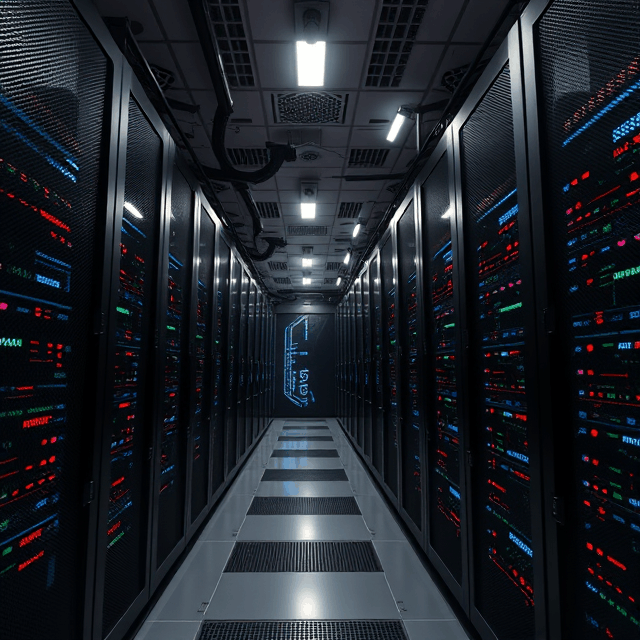
Best GPUs for AI Rendering
Rendering in AI involves processing complex visuals, and not every GPU is up to the challenge. Here are some standout options for the best GPU video card AI rendering:
1. NVIDIA RTX 4090
With unparalleled architecture and massive VRAM, the RTX 4090 handles AI rendering like a champ. It’s particularly popular in industries like gaming and film production, where detailed visuals are a priority.
2. NVIDIA A100
The A100 is purpose-built for data centers and AI workloads, offering unbeatable performance for both training and rendering. This GPU is often considered the best GPU for AI when it comes to large-scale tasks and demanding computations.
3. AMD Radeon Pro VII
If you’re looking for an alternative to NVIDIA, AMD’s Radeon Pro VII is a great pick. It handles computational tasks efficiently and offers solid performance for AI rendering, especially in professional 3D design and visualization projects.
Why GPUs Beat CPUs for AI
While CPUs are general-purpose powerhouses, they’re no match for GPUs when it comes to AI. Here’s why:
1. Sheer Processing Power
GPUs’ thousands of cores can process massive datasets in parallel, something CPUs simply can’t match. This is why GPUs are used for AI applications like image recognition or autonomous driving, where processing speed is crucial.
2. Specialized Features
Modern GPUs include Tensor Cores and AI accelerators that are specifically designed for machine learning. These features make GPUs the best choice for tasks involving neural networks or deep learning algorithms.
3. Tailored for AI Tasks
Using GPUs for machine learning ensures smoother workflows and reliable outcomes, as their architectures are optimized for handling complex computations. This is especially true for applications like language translation or real-time fraud detection.
Best GPUs for Machine Learning
Here are some of the best GPUs for anyone diving into machine learning:
1. NVIDIA Tesla V100
A favorite among researchers and enterprises, the Tesla V100 boasts high memory bandwidth and cutting-edge Tensor Core technology, making it ideal for intensive machine learning tasks.
2. NVIDIA RTX 3060
This GPU offers a sweet spot between price and performance, making it great for smaller businesses and independent developers.
3. NVIDIA Titan RTX
Often nicknamed the “T-Rex” of GPUs, the Titan RTX is a powerhouse for handling complex machine learning models and large-scale computations. For developers, it’s one of the best GPUs for AI, offering both performance and reliability.
Rent GPU Resources for Your AI Projects
Building an AI infrastructure from scratch can be expensive, but renting GPUs provides a flexible and affordable alternative. Platforms like Simplepod let you access top-notch GPUs without breaking the bank, ensuring your projects stay on track without huge upfront investments.
Conclusion
GPUs are the driving force behind today’s AI advancements, making everything from deep learning breakthroughs to cutting-edge visual rendering possible. Whether you’re building complex neural networks or testing new machine learning ideas, having the right GPU can truly transform your work. And if you need a flexible, cost-effective option, renting GPU resources from Simplepod gives you access to the power you need, exactly when you need it.
FAQs
1. Why are GPUs so important for AI?
GPUs are a game-changer for AI because they excel at parallel processing, making them ideal for handling the heavy computational workload involved in training AI models.
2. Can’t CPUs handle AI tasks?
While CPUs can technically handle AI tasks, they’re much slower and less efficient compared to GPUs, especially when you need to use GPU to train AI models on a large scale.
3. What’s the best GPU for AI if I’m on a budget?
If you’re on a budget but still want to use GPUs to train AI effectively, consider the NVIDIA RTX 3060 or RTX 3070. These GPUs provide excellent performance without a steep price tag.
4. How can I access high-performance GPUs affordably?
You don’t need to buy expensive hardware upfront. Renting GPUs through platforms like Simplepod is an affordable way to access the power you need to train AI models.
5. Are NVIDIA GPUs good for AI?
Definitely! NVIDIA GPUs are considered the best in the business for AI. They’re highly reliable, work seamlessly with most AI frameworks, and provide top-notch performance when training AI models.

